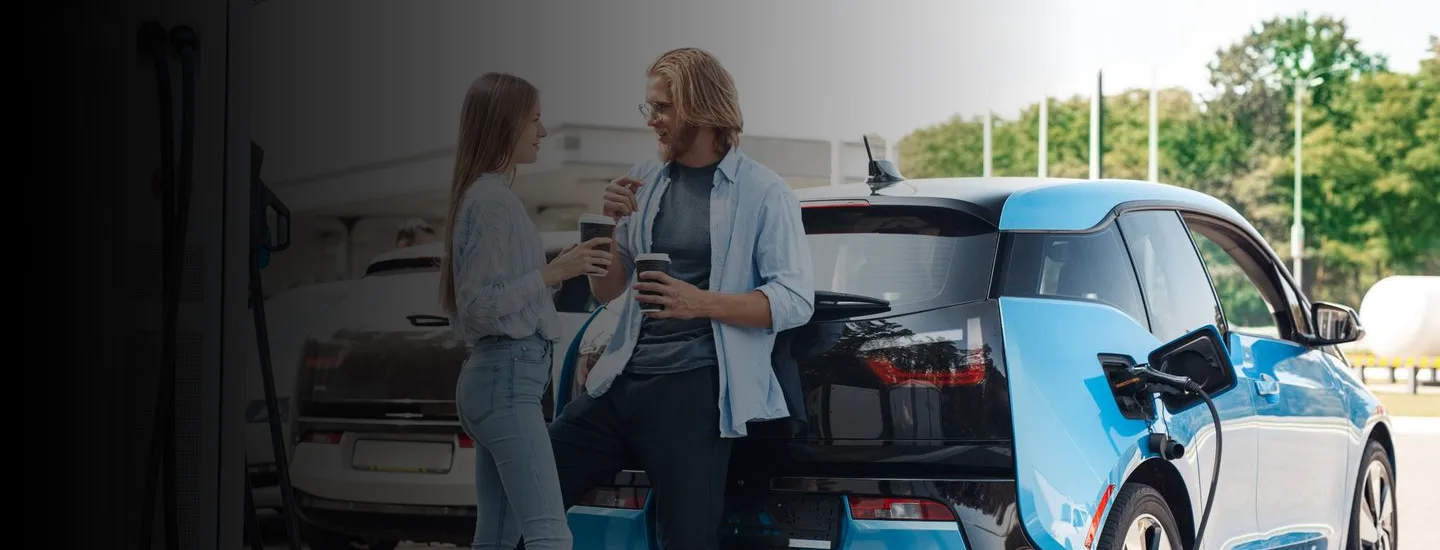A wave of changes–stemming from tech innovation, consumer trends, and electric-vehicle adoption–is forcing convenience stores to digitally transform with impacts across operations, customer experience, and supply chain. For both industry leaders in digital transformation and laggards, business models need to continue to evolve, investment is required on several fronts, and new blueprints need to be drawn.
To build right, convenience stores and filling stations need to leverage digital innovations to transform the operating model with the customer at the core. Paying attention to three major trends can help players looking to stay ahead of evolving expectations.
1) The customer-centric mentality rapidly reshapes expectations
Buyers are increasingly in control of when, where, and how they shop. Mobile ordering, touchless payments, personalization, and rewards programs all play a role in delivering satisfaction. As convenience stores compete with other retailers, hospitality providers, and leisure companies for consumers' time and wallets, a tailored product experience is required.
Rewards programs are not new and should be considered table stakes, but many companies still lag in adopting them. Such programs are needed to encourage customer loyalty, whether by issuing points redeemable via an app or some other tactic. They also drive digital-channel adoption, allowing merchants to capture more data. These programs are particularly valued when they offer flexibility when it comes to earning and redeeming. Rewards must be easily redeemable for shopping, travel, and dining.
Personalization is key, but two major issues need to be answered to succeed:
- Brand confidence – Do they trust you with this information?
- Personal value – Does engagement benefit them?
When these challenges are addressed, user experience and operator efficiency can be improved. Among the possibilities are using generative AI to sort through large customer feedback and competitor data sets to identify opportunities for product assortment optimization and personalization as well as using biometric inputs–such as face, palm, fingerprint, and license plate recognition–to pull up previous orders or automate payments at in-store food ordering kiosks.
Data-driven product assortment improvements can make a retailer more effective. Consider the average supermarket carries approximately tens of thousands of items, but most consumers need only a fraction of them. Understanding local preferences and tailoring the product offering to reflect those preferences will encourage repeat visits.
2) The EV revolution redefines what filling up means
Electric vehicles are rapidly moving from niche to mainstream. Demand is fueled by better availability of EVs, improved infrastructure, lower costs, and government initiatives to accelerate adoption. Europe is targeting 100% of auto sales to be electric by 2035; the U.S. is aiming for 50% by 2030.
This presents a new set of realities to both the drivers looking for a charge and those looking to service them. Charging cars takes longer than fueling. As dwell times increase to 15-20 minutes, how EV consumers spend their time while waiting for a charge–and how convenience stores monetize the wait–is an important consideration and adjacent products and services will be increasingly appealing.
Traditional gas stations may no longer be seen as the ideal place for customers to recharge their vehicle (big-box stores, offices, or home may be preferred). Given this, convenience stores need to become a destination retailer and maintain relevance. To accomplish this, offerings and layout need to be evaluated. These questions can guide development of the experience:
- Is our fresh food program attractive enough to be a destination for the customer and the primary reason they visit, with the added benefit being it is where they can also charge?
- What thoughtful upgrades to the store environment will make it a place for people to dwell? More lighting, for example? Cleaner bathrooms? Seating areas?
- How do we leverage our loyalty program to drive consumers into the store while their EVs are charging?
- What “at-vehicle” services can be offered, such as food delivery?
3) Tech investment is essential
The technology stack must be agile enough to support new business models and revenue streams. This requires thoughtful investment and clear goals.
Efficiency is a major objective. Investing in technology such as self-checkout kiosks, menu boards, and inventory management solutions enable convenience stores to focus on higher value-added functions, such as customer engagement. Digital menu boards and displays provide opportunities for stores to dynamically adjust offers based on a host of variables.
Payments can be transformed to reduce physical contact and improve convenience. Offering leading contactless card payment options–including ApplePay and GooglePay–is now expected. New payment channels and methods will continue to emerge as retailers try to reduce the cost of transacting imposed by banks and acquirers. Now is the time to monitor future options, including biometric payments, digital currencies, and wallets that reduce the cost of transacting while offering consumers more convenience, security, and flexibility in how they make purchases.
Security is a priority even as business models develop. With digitization comes increased responsibility for securing data. When done right, customers feel safe dealing with the convenience store through multiple channels, leading to increased willingness to share personal data. This is the key ingredient for improving experience efficiency and personalization. At the same time, data-centric security solutions, which focus on securing the data rather than the infrastructure around it, will likely become more prevalent.
Fueling up for the long haul
Across all of these areas, generative AI, a subset of artificial intelligence, offers compelling prospects for convenience retailers. It enables enhanced customer service and operational efficiency throughout the value chain, encompassing tasks such as enriching product descriptions to align with customer preferences, analyzing vast datasets to identify operational enhancements and optimal product assortments, and engaging customers directly in natural language for matters like product availability, orders, and addressing concerns. The potential for generative AI to transform convenience retailing lies in its ability to refine customer experiences and streamline operations seamlessly.
Digital transformation of the operating model will only happen if convenience stores adopt a model designed to achieve several objectives:
- Stay customer-centric. Whether it is exploring new technology or services for EV drivers or innovations to drive cost efficiency, all initiatives need to be viewed from the customers perspective and what they value.
- Stop thinking of digital transformation as an IT project. While topics can be technical, demand business language, ensure business leaders are engaged, and expect the value to be measured and reported frequently.
- Adjust how you measure ROI on modernizing technology stack. Running legacy technology and architecture is often cheaper than replacing it. This distorts the ROI equation compared to modern technology. Build in the opportunity costs relating to insufficient agility that results from constricting tech and limiting innovation and relying on personnel with outdated skillsets.
- Rationalize and simplify. Map all technology spending to business capabilities, profile the current IT investments, and understand the corresponding business value. IT spending with low business value, applications with overlapping capabilities and critical interdependent solutions architecture should be addressed as improvement opportunities.
- Set a clear data strategy and work backward. Look at the data created to run your business, what you capture from your customer, and what you ingest from other sources. Understand how it supports a business action or outcome. A single comprehensive master data source simplifies business change, enables easier adoption of new customer engagement channels, and allows maximization of value from analytics platforms.



